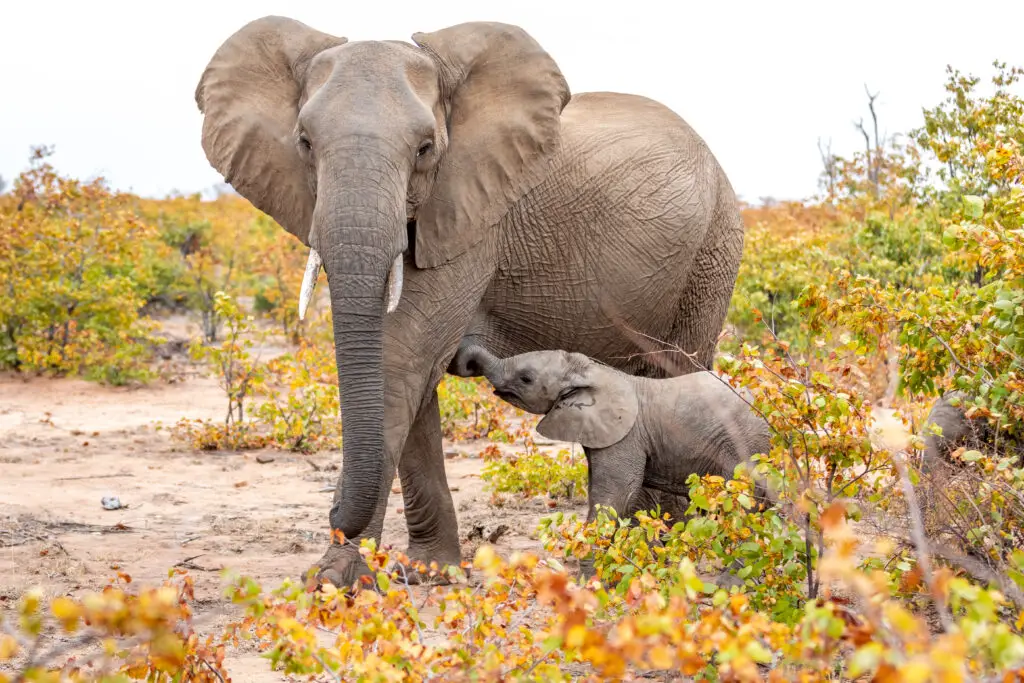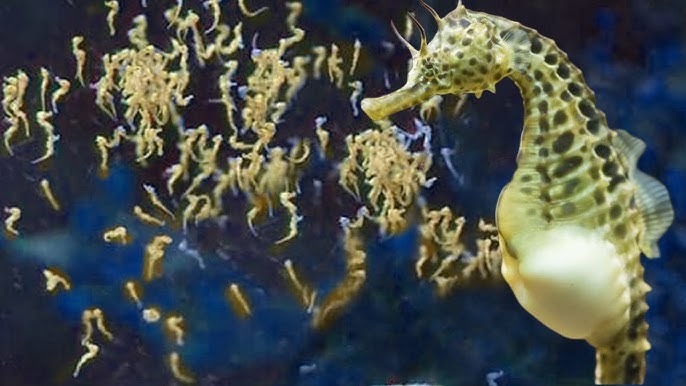1. Bears

The forest goes still. A massive grizzly sow locks eyes with you, her cubs tumbling at her feet. She’s not bluffing—she’ll charge like a freight train to protect them. Grizzly moms raise litters for up to three years, teaching survival skills while defending with unmatched ferocity. In bear country, she’s the final boss.
2. Whales

In the Pacific, a matriarch orca leads her pod like a general—protecting, feeding, and teaching her calves for life. She’s the glue of the family, guiding them to food, shielding from predators, and passing down knowledge. Mess with one, and the whole pod answers.
3. Chimpanzees

A chimp mother rarely lets go of her infant for months, providing constant contact and protection. She teaches tool use, foraging, and social skills while defending with teeth and fury if danger nears. Her love is tender—but her defense is relentless.
4. Crocodiles

Buried in sand and vegetation, her eggs are guarded like treasures. She’ll explode from the water to drive off threats but gently carry hatchlings in her jaws to safety. Brutal one moment, delicate the next, she’s the reptile world’s ultimate paradox.
7. Alligators

She lies motionless until danger comes—then unleashes muscle and jaw power to protect her nest. Alligator moms guard their young for months, even creating “nursery pools.” In reptile parenting, that’s considered clingy, and she does it with terrifying precision.
5. Elephants

A 22-month pregnancy leads to a 250-pound calf—and a herd ready to defend it. The matriarch guides her family to water, shields calves with her bulk, and charges predators without hesitation. Her memory is long, and her wrath is instant.
6. Honey Badgers

Raising her cub alone, she faces down leopards and hyenas without blinking. She constantly moves dens to outsmart predators while teaching digging, hunting, and fighting. Her style? Tactical, fearless, and ready to bite back until the threat retreats.
8. Sea Otter

Floating in kelp, she cradles her pup constantly, grooming it to stay waterproof. She teaches diving, foraging, and predator evasion while anchoring herself to keep the pup safe during naps. This is round-the-clock parenting in the cold Pacific.
9. Octopus

She wraps herself around thousands of eggs, fanning and cleaning them for weeks or years without eating. By the time they hatch, she’s spent her last energy—dying as her final act of protection. It’s devotion taken to the ultimate extreme.
10. Emperor Penguins

She lays a single egg, transfers it to Dad’s feet, and treks miles to feed. When she returns, she feeds the chick from her catch. Parenting here is a survival relay, with both parents enduring hunger and brutal cold to keep one chick alive.
11. Cheetahs

She moves her cubs constantly to avoid predators, hunts solo, and trains them in stalking and killing. Even with her relentless care, many won’t survive—but she keeps running, teaching, and defending with unmatched speed and focus.
12. Gorillas

She cradles her infant for months, teaching feeding, movement, and social skills. Gentle in peace, she’ll turn into a 300-pound shield if danger strikes. In gorilla families, she is the emotional core and the first line of defense.
13. Wolves

The den is her fortress, the pack her army. She nurses her pups while others hunt, then teaches them teamwork, communication, and survival. If a pup calls out, the whole pack answers—led by the mother’s fierce watch.
14. Leopards

She raises her cubs alone in rocky, dangerous terrain, hunting stealthily and teaching them to stalk prey along cliffs. Every trip for food is a race against predators and time, but she returns—always.
15. Rhinos

Five thousand pounds of muscle and horn guard her calf for years. She’ll face predators and even other rhinos to protect it. With endangered numbers, every calf is a future she’s willing to fight for.
16. Dolphins

She keeps her calf close for years, teaching hunting, communication, and predator evasion. If a shark appears, she’s the first to strike, backed by the pod’s protection. Smart, social, and fiercely protective, she’s the ocean’s strategist mom.
17. Seahorses

She chooses the best mate and passes her eggs to him to carry in his pouch. Visiting daily to bond, she ensures he delivers hundreds of healthy babies. Sometimes the fiercest mother knows the fiercest partner to trust.
The story 17 Fiercely Protective Animal Parents You Don’t Want to Mess With was first published on DailyFetch.


